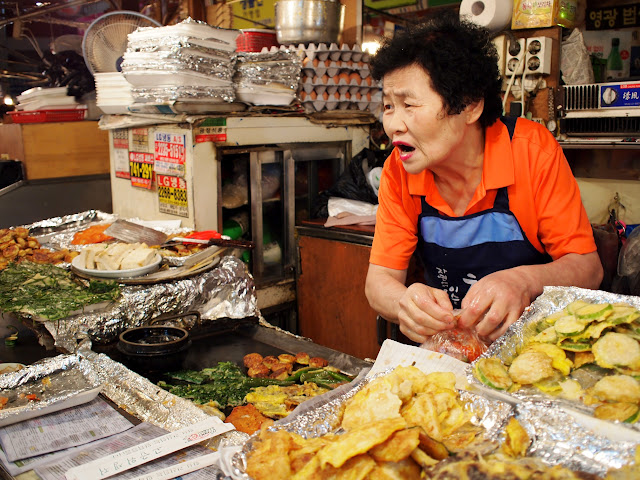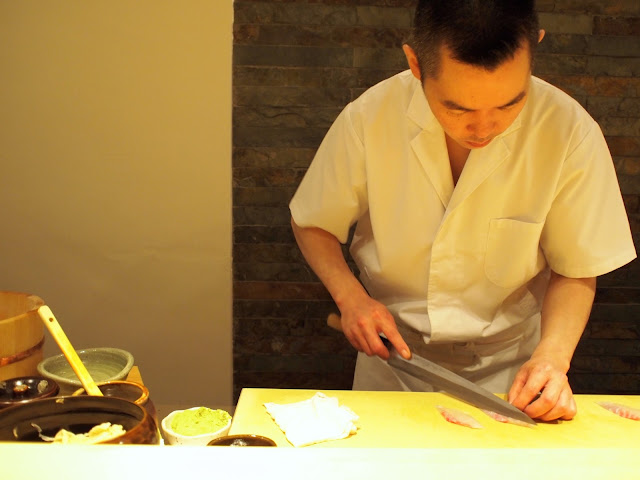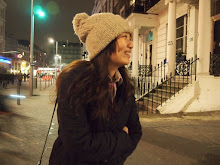So I went to Hong Kong and Seoul for three weeks in October, blog posts coming soon(ish) I promise. But before that I want to tell you how I coped with nasty homesickness and post-holiday depression - I made bread.
A few months ago I joined Band of Bakers - a south east London baking club. We meet up at one of the local restaurants or cafes for a monthly themed baking gathering. From green tea Swiss roll to strawberry and cream choux buns, it soon became an essential event that I look forward to attending every month. There was a special event in October where the theme was enriched breads i.e. breads that have butter, sugar and eggs. I have never been very good at making bread, me and yeast just do not get on very well… So in order to hide my weakness (not competitive at all), I baked cocktail buns – a Hong Kong classic that no one from the BoB would be familiar with, therefore not knowing how they are supposed to taste. Genius? Yes.
A cocktail bun 雞尾包 is a sweet bun with a coconut filling, topped with sesame seeds and two pastry lines made from butter, flour and sugar. Originally local bakers mixed up leftover ingredients to create the filling, hence the name ‘cocktail’. It is one of the must-eat Hong Kong bakery items alongside egg tarts 蛋撻 and pineapple buns 菠蘿包.
I adapted the recipe from Christine’s blog (an excellent site for various Chinese recipes). She uses a special bread starter called Yudane 湯種, a mixture of hot water and flour, which apparently gives extra sweetness and softness to the bread. I have not tried making the bread without it so I cannot tell you the difference, but the result was very close to the texture I was aiming for. I used my bread machine to knead and raise the dough before shaping. Cocktail buns
Makes 10 buns
Yudane:
50g Super Strong White Bread Flour
250ml Water
Dough:
350g Super Strong White Bread Flour
55g Caster sugar
5g Salt
56g Egg (beaten)
125ml Full Fat Milk
120g Yudane
5g Instant Yeast
30g Butter (room temperature)
A few drops of vanilla extract
Filling:
60g Butter
60g Caster Sugar
60g Egg (beaten)
80g Sweetened Coconut (shredded)
Sugar syrup:
1 tsp Caster Sugar
2 tsp Water
Toppings:
20g Egg (beaten)
5g Caster Sugar
15g Butter (room temperature)
10g Plain flour
To make the Yudane, mix the flour and water in a saucepan until fully incorporated. Put the pan over a medium heat, keep stirring to prevent any lumps. Remove from heat as soon as the liquid starts to thicken.
Place the Yudane in a bowl and then cover it with cling film. Set aside until it reaches room temperature.
To make the dough, place all the ingredients (except the butter) in a bread machine in this order: milk, egg, Yudane, vanilla extract, salt, sugar, flour and yeast. Set and start the ‘dough’ function of the bread machine, and then add the butter when a rough dough is formed. Let the machine continue the kneading until the dough is smooth and elastic.
Use the ‘raise’ function of the bread machine for proofing (see your bread maker’s instructions for the exact timing). Or you can place the dough in a greased glass bowl, cover it with a damp towel and then proof until it doubled in size.
To make the filling, beat the butter and sugar in a bowl. Add the egg followed by the coconut. Place the mixture in a square/rectangular container, and then put it in the fridge until the first proofing is done.
Transfer the dough onto a floured surface. ’Punch’ the dough to release air, and then divide it into 10 small portions, around 75g each. Cover them with cling film and then rest for 15 minutes. Meanwhile, take the hardened filling mixture out of the fridge, and then cut it into 10 strips.
Use a rolling pin to roll the dough (away from you) to a long flat shape, place 1 strip of filling on the top of the dough, and then roll inwards into a tube shape.
Place the filled dough, seal side down, on a greased baking tray (I use a Swiss roll tray). Cover it with cling film and a wet towel on top for second proofing. It normally takes around an hour for the dough to double in size.
Preheat a fan oven to 180C. Make the pastry lines by beating the plain flour, sugar and butter together. Spoon the pastry mix into a small piping bag.
Make the sugar syrup by heating water and sugar in a saucepan. Boil for 2 minutes until the sugar dissolves completely. Set aside to cool.
Brush the dough with egg. Pipe two lines onto the dough using the pastry mix prepared earlier, and then sprinkle some sesame seeds on top.
Bake the bread in the oven for 30 minutes until golden. Brush the sugar syrup onto the buns, then return to the oven for further 2 to 3 minutes. Rest on a rack to cool down.
Best served while still warm! Enjoy!

















































